Across history, wars have erupted for a myriad of reasons, with people from diverse backgrounds battling for their personal causes. Certain combatants stood out due to their unmatched prowess, striking terror in their foes and gaining a strategic edge. Below is a list of the most formidable warriors, fighters, and tribes throughout the ages.
Samurai
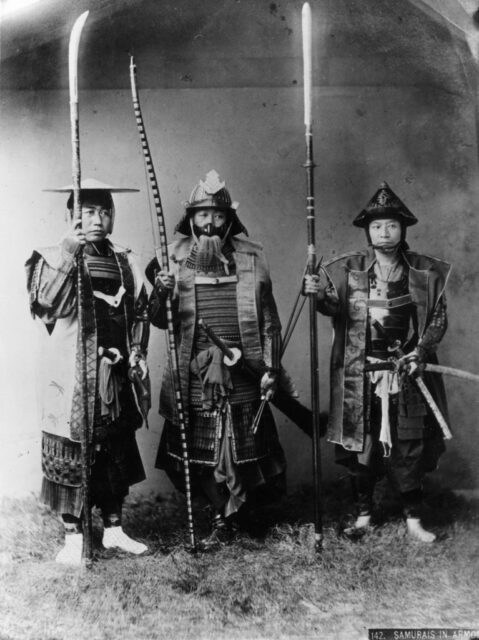
Samurai were the devoted retainers of Japan’s powerful feudal lords, earning great admiration throughout the nation and consistently demonstrating their bravery. In the 13th century, they successfully held off two Mongol invasions, even though the Mongols had previously conquered China, Iran, Iraq, and Kievan Rus.
For the next six centuries, samurai remained a crucial element of Japanese society. In 1877, during the Satsuma Rebellion, the Battle of Shiroyama took place, with Saigō Takamori leading 500 samurai against 300,000 Imperial troops commanded by Yamagata Aritomo. Despite their courageous resistance, only 30 Imperial troops were lost, and Takamori himself met a heroic end in battle.
Although their influence diminished with Japan’s modernization, figures like Takamori, renowned for their swordsmanship, are still honored and remembered today.
Visigoths
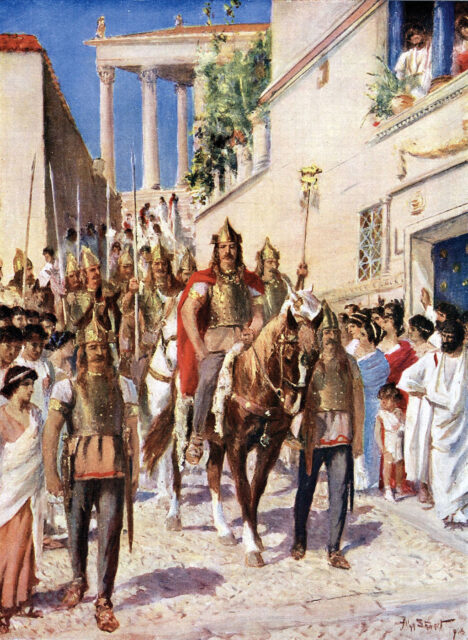
For a time, the Visigoths were a Germanic people aligned with the Roman Army. The ancient empire was left in shambles after Emperor Theodosius I’s death in 395 AD, causing his Army to disintegrate not long after. Alaric I was the most fearsome of the Visigoths, and he felt the Romans hadn’t paid him the proper respect for his prowess on the battlefield. He subsequently made a bid for the throne, putting at odds with generals in the east and west.
The Goths spent years plundering, before setting their sights on Italy. In 408, Alaric I and 30,000 Visigoths marched on Rome, eventually forcing the city to pay a ransom of gold, silver, silken tunics, scarlet-dyed hides and pepper. Two years later, they, again, attacked Rome, sacking the famed city. This time, no one was spared, as the fearsome warriors razed the entire area. The event is even said to have played a major role in the fall of the Roman Empire.
Alaric, however, wasn’t around to enjoy his triumph for long, as he died within the year.
Comanche
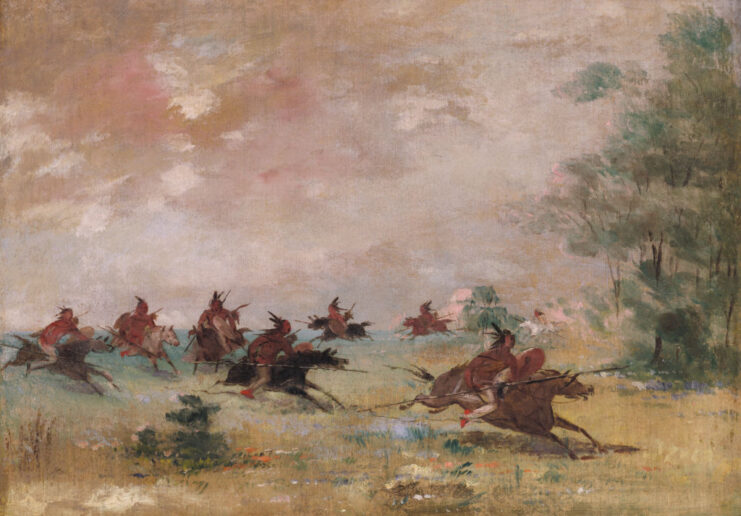
At first, the Comanche had a complex interaction with European settlers. While some Native American tribes were open to trading with the new arrivals, others took a more aggressive approach, raiding to capture supplies and goods. The Comanche, on the other hand, were primarily focused on expanding their territory rather than engaging with the settlers.
Famed for their remarkable equestrian skills, the Comanche were nearly unbeatable in combat, coming out victorious against the Spanish, American and Mexican forces in their pursuit of territorial gain. Eventually, the Americans intensified the conflict into a full-scale war. In 1875, American Civil War hero William Tecumseh Sherman led a large-scale military campaign into the area, ultimately eliminating the Comanche threat.
Gurkhas
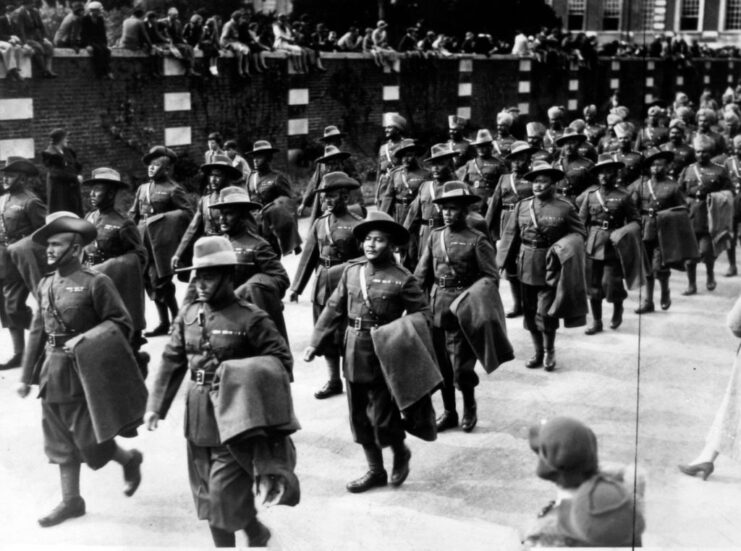
The Royal Gurkha Rifles (RGR) were established in 1994 as part the British Army, when four regiments – 2 GR, 6GR, 7 GR and 10 GR – merged. These fearsome warriors are recruited from Nepal, despite the country being neither a part of the Commonwealth nor a dependent territory of the United Kingdom. They’re considered to be the finest fighters in the world for their weapons, skill and intelligence.
While the Royal Gurkha Rifles are a newer fighting force, Gurkhas have served with the British, Indian and Nepalese armies since the Anglo-Nepalese War of 1814-16. They date back further than that, to the 8th century, and they’re named for revered Hindu warrior, Guru Gorakhnath. The men who serve in this regiment today learn their skillsets from a young age, providing them with a lifetime framework that prepares them for battle.
When the British couldn’t contain the fighters, they recruited them, instead of attempting to subdue them. During World War II, Gurkhas would sneak into dugouts in the middle of the might and inspect soldiers’ boots to determine if they were Axis or Allied fighters. How? By examining how they tied their laces (or so the legend states).
Mongols
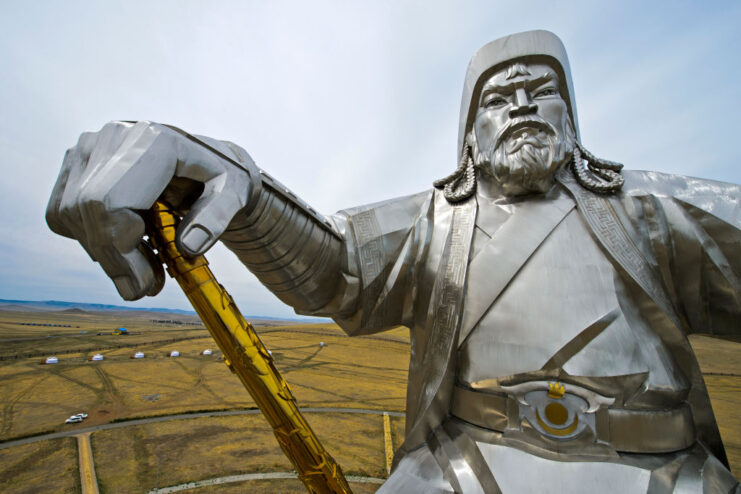
Genghis Khan is remembered as one of the fiercest warriors in history – and there’s a good reason for that.
During his life and in the years following his death, the Mongols amassed an enormous empire. They swept through Iran, Iraq, China and Kievan Rus (modern-day Russia), and those who refused to surrender were killed. It’s estimated they killed over 40 million people during their campaign.
It’s not precisely known how Khan died. Different causes have been given, including being killed in action (KIA), dying of illness or injury, or falling off his horse. Per tradition, he was buried in an unmarked grave close to his birthplace.
Akali-Nihang
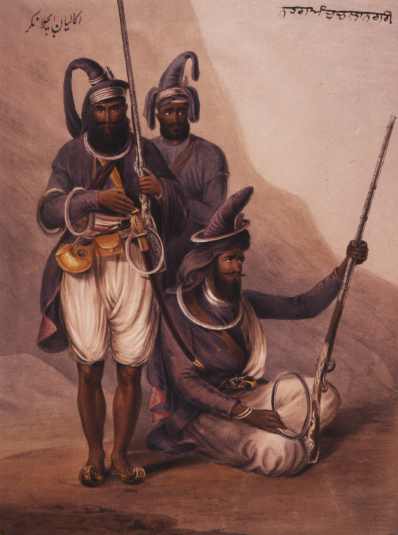
The Akali-Nihang are Sikh warriors who first appeared on the Indian subcontinent. Soldiers in the outfit, whose origin is still not fully known, always carry a katar (dagger), wear blue and, when in full gear, carried one or two swords. Historic versions of these fearsome warriors were famous for their ability to fight much larger armies and still emerge victorious.
More from us: Yasuke: The Legendary Black Samurai Who Reforged His Life’s Path
Want to become a trivia master? Sign up for our War History Fact of the Day newsletter!
The most famed of the Akali-Nihang was Baba Deep Singh, who spent much of his life fighting the Afghans. He was beheaded (some sources say nearly beheaded) in battle in 1757, and his death inspired the Sikhs and the Akali-Nihang, who successfully drove out the Afghans. The spot where he died is now a shrine, and Sikhs regularly pay their respects there.
